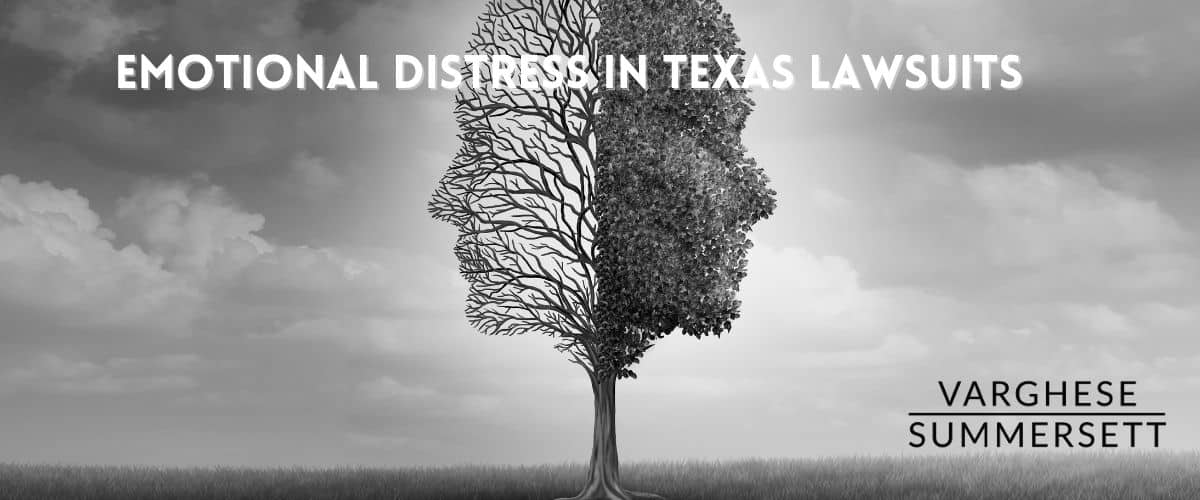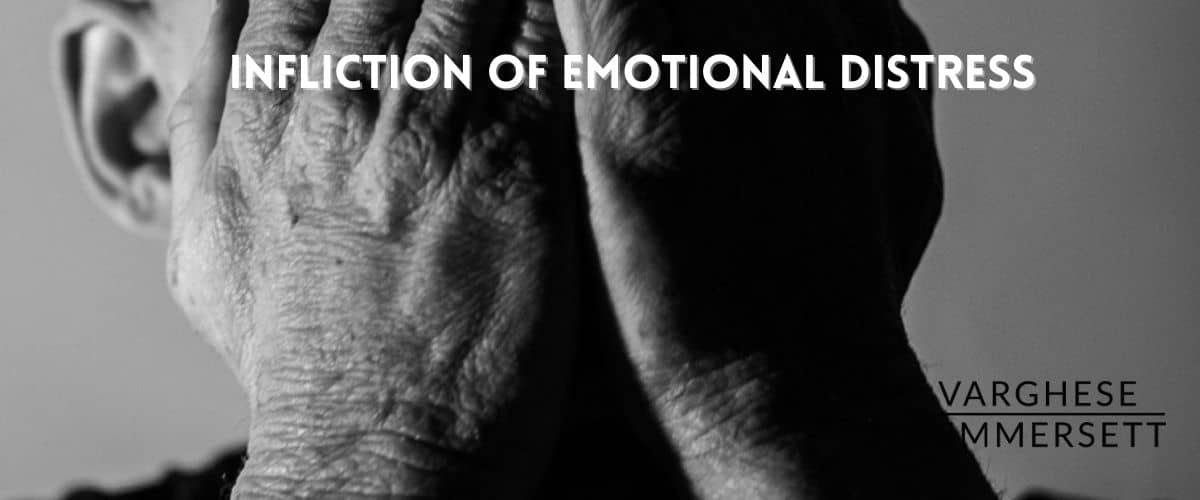
Emotional Distress in Texas: What You Can Sue For & How to Prove It
When you suffer a personal injury, the physical pain and financial burden can be overwhelming. However, it’s not uncommon for victims to also experience emotional distress as a result of their injury. In Texas, you may be able to sue for emotional distress if it’s the result of a physical injury. This article will help you understand what constitutes emotional distress, how to prove it, and how much you may be able to recover in a personal injury case.

Intentional infliction of emotional distress
Intentional infliction of emotional distress (IIED) in Texas refers to a type of intentional tort where one person intentionally causes severe emotional distress to another person through extreme or outrageous behavior. For a successful claim, the plaintiff must prove that the defendant’s conduct was intentional or reckless, that the conduct was extreme and outrageous, and that the conduct caused severe emotional distress.
Negligent infliction of emotional distress
Negligent infliction of emotional distress (NIED) in Texas refers to a type of negligence where one person causes emotional distress to another person through careless or reckless behavior. For a successful claim, the plaintiff must prove that the defendant owed them a duty of care, that the defendant breached that duty of care, that the breach caused the plaintiff to experience emotional distress, and that the emotional distress was foreseeable.
It is important to note that both IIED and NIED claims can be difficult to prove and may require the testimony of mental health professionals.
Proving Emotional Distress in Texas
Emotional distress refers to the mental and emotional suffering you experience as a result of another party’s actions. To prove emotional distress in a personal injury case, you must show that:
- The defendant’s actions were intentional or reckless
- The defendant’s actions caused you to experience severe emotional distress
- Your distress was a direct result of the defendant’s actions
In a personal injury case, the defendant’s actions must have directly caused your injury and the emotional distress that followed. If you can’t link the two, you won’t be able to recover compensation for your emotional distress.
Qualifying as Emotional Distress in Texas
Not all emotional distress is considered severe enough to be compensable in a personal injury case. In Texas, you must experience severe emotional distress that is beyond what a reasonable person would experience under similar circumstances. Examples of severe emotional distress include:
- Post-traumatic stress disorder (PTSD)
- Depression
- Anxiety
- Nightmares
- Flashbacks
If you’re experiencing any of these symptoms as a result of your injury, you may be able to recover compensation for your emotional distress.
How Much Can You Sue for Emotional Distress in Texas?
There is no specific formula for calculating the amount of compensation you can recover for emotional distress in a personal injury case. The amount you can recover will depend on several factors, including the severity of your emotional distress and the impact it has had on your life.
In general, you can recover compensation for any medical expenses you’ve incurred as a result of your emotional distress, as well as any lost wages or earning capacity if your emotional distress has affected your ability to work. You may also be able to recover compensation for any out-of-pocket expenses you’ve incurred as a result of your emotional distress.

What is Considered Emotional Distress in a Personal Injury Case?
In a personal injury case, emotional distress is a type of non-economic damages. Non-economic damages are damages that don’t have a specific dollar value, such as pain and suffering or emotional distress. Unlike economic damages, which are easier to calculate, non-economic damages are more subjective and can be harder to quantify.
Examples of Emotional Distress in Personal Injury Cases
Some common examples of emotional distress in personal injury cases include:
- A car accident victim who experiences severe anxiety and fear of driving after the accident
- A pedestrian who suffers from PTSD after being hit by a car
- A slip and fall victim who experiences depression and anxiety as a result of their injury
In these examples, the victims are experiencing severe emotional distress as a direct result of their injury, and they may be able to recover compensation for their emotional distress in a personal injury case.
Conclusion
If you’re suffering from emotional distress as a result of a personal injury, you may be entitled to compensation. At Varghese Summersett, we understand the impact emotional distress can have on your life. Give us at call at (817) 207-4878.



